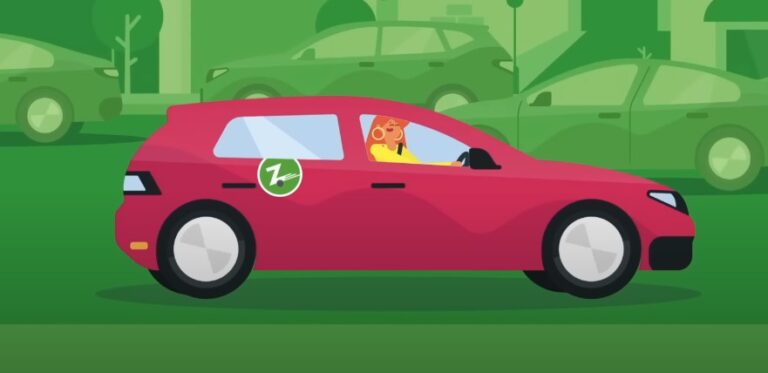Zipcar is a car-sharing service that has disrupted the traditional model of car ownership, offering a flexible and environmentally-friendly alternative. This trend of the “sharing economy” gives users access to vehicles without the need for ownership, providing an affordable and convenient solution to urban transportation.
In this review, we will delve into how Zipcar operates, its cost structure, and how it compares to other forms of city transportation. Our goal is to give readers an in-depth understanding of its service, enabling you to make an informed decision on your transportation needs.
How It Works
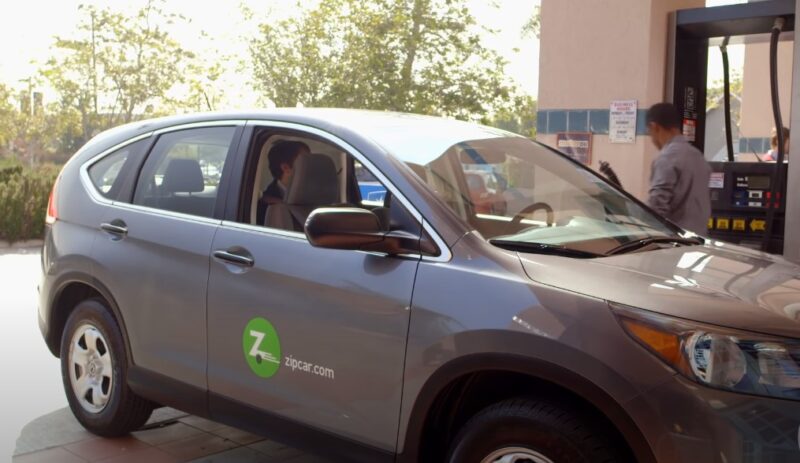
Zipcar operates on a membership basis. After signing up and paying a membership fee, users can book cars online or through the app. These cars are strategically placed in public parking spaces throughout your city.
Cars can be reserved for hours or days, and once your time is up, you return the car to its original parking spot. This flexibility in time and location is one of the key features of this service.
Pricing Structure
Let’s delve into the financial aspect of using Zipcar. The company offers a wide range of pricing options to accommodate diverse user needs. This flexibility in pricing is part of what makes it a versatile transportation solution.
Membership Fees and Rates
Membership plans vary based on how frequently you plan on using Zipcar. For infrequent users, a monthly plan offers the least commitment. This includes an application fee and a small monthly fee.
The rates for the cars themselves are based on the type of vehicle and the duration of use. Rates can range from $9 per hour to $70 per day for standard vehicles, with premium and luxury vehicles costing more. Included in this price are gas, insurance, and up to 180 miles of driving per day.
Hidden Costs and Penalties
When considering the cost of Zipcar, it’s crucial to account for any potential additional fees. These can include late return fees, additional mileage costs, and even cleaning fees if the car is returned in an unsatisfactory condition.
Understanding these potential hidden costs is essential for accurately comparing Zipcar to other transportation options. Failing to account for these additional fees can lead to unexpected expenses that might make other options more appealing.
Comparing Zipcar to Other City Transportation Options

To assess the value of Zipcar, it’s useful to compare it with other forms of city transportation. For this comparison, we’ll consider taxis, rideshares like Uber, public transportation, and traditional car ownership.
Taxis and Rideshares
Taxis and rideshares can provide quick, convenient transportation, but the costs can quickly add up, especially during peak hours. Zipcar can be a more economical option if you plan to use a car for several hours at a time or need to make multiple stops.
While taxis and rideshares have an edge in terms of immediacy, Zipcar has a clear advantage in multi-destination trips and lengthy journeys.
Public Transportation and Car Ownership

Public transportation is the most cost-effective choice, but it lacks the convenience and flexibility of Zipcar. Buses and trains operate on fixed schedules and routes, which can limit your freedom to travel when and where you wish.
Car ownership, on the other hand, provides the most flexibility but comes with substantial costs such as purchase price, insurance, maintenance, and parking. For those who only need a car occasionally, Zipcar can provide the benefits of car ownership without these ongoing costs.
Reviewing the Experience
To wrap up our exploration of Zipcar, let’s look at the service from the user’s perspective. This includes ease of use, vehicle availability, and overall customer satisfaction.
Booking and Using
The process of booking a Zipcar is straightforward, with reservations possible online or via the app. The vehicles are easy to locate, and using the Zipcard or app to unlock the vehicle is generally seamless.
However, there can be occasional hiccups, such as cars not being in their designated spots or technical glitches with the booking system.
Vehicle Availability and Variety
Zipcar boasts a wide array of vehicles, ranging from compact cars to vans and luxury vehicles. This gives you the flexibility to select a vehicle that suits your specific needs for each trip.
Availability can vary based on location and time, but generally, it’s not difficult to find a car when you need one. However, popular times and locations can be competitive, so advanced booking is recommended.
Membership Tiers and Extras

Just like many other service providers, Zipcar also offers different membership tiers catering to various usage levels and demands. Understanding these tiers can help you maximize the benefits of your membership.
Membership Tiers
At the basic level, Zipcar offers the ‘Occasional Driving Plan,’ perfect for infrequent drivers who might only need a vehicle now and then. This tier offers the flexibility of low commitment at a nominal monthly fee.
Next up is the ‘Monthly Driving Plan’ for regular users. For a higher monthly commitment, users get lower hourly and daily rates, making it a wise choice for frequent drivers.
Extras
In addition to different membership plans, Zipcar offers a few extras that can add value to your subscription. For instance, Zipcar for Business provides discounted rates for companies, making it an excellent choice for business transportation needs.
Another interesting feature is the Zipcar Flex, which allows one-way trips within a designated ‘Zipzone.’ Users can pick up a Flex car and drop it off anywhere within the zone, adding even more convenience.
Going Green with Zipcar
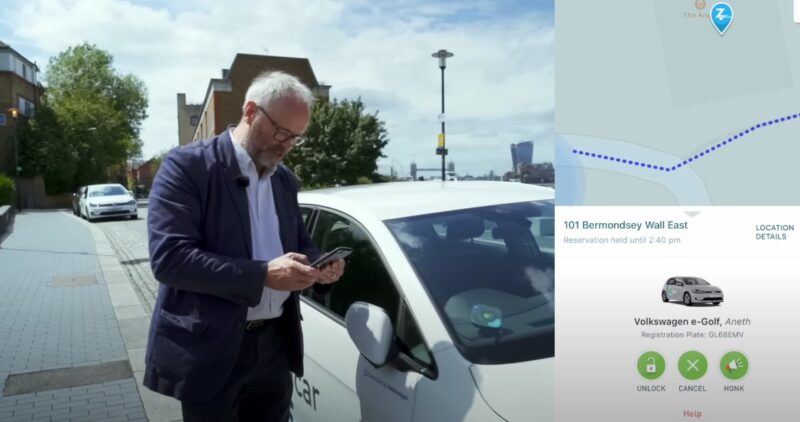
In today’s climate-conscious world, we should also consider the environmental environmental impact of our transportation choices. Fortunately, Zipcar presents an eco-friendly alternative to traditional car ownership.
Eco-Friendly Approach
The car-sharing model, by its very nature, reduces the number of cars on the road, leading to less congestion and fewer carbon emissions. Zipcar also offers hybrid and electric vehicles in certain areas, further reducing the environmental footprint of your journey.
Impact on Urban Living
Beyond reducing carbon emissions, Zipcar’s model also contributes to less crowded city streets and the need for fewer parking spaces. By promoting car-sharing, cities can reallocate these spaces for parks, bike lanes, or pedestrian zones, improving the overall quality of urban life.
How Does It Fare for Tourists?
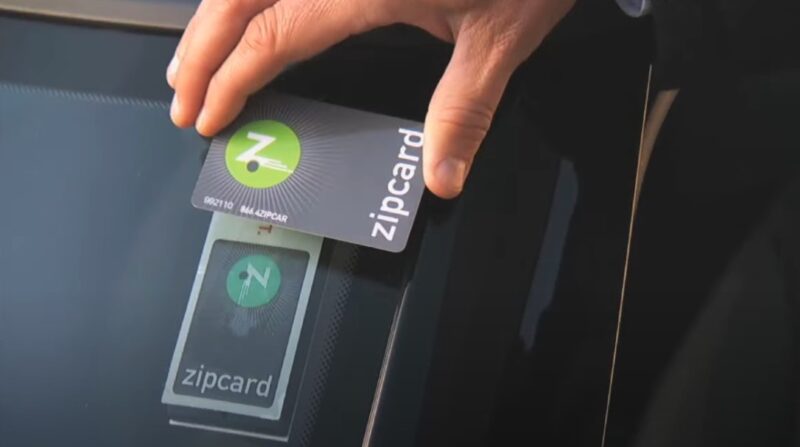
While we’ve mainly focused on residents’ usage of Zipcar, let’s not forget the potential benefits for tourists or those visiting a city for a short period.
Short-term Use and Foreign Licenses
Zipcar isn’t just for locals; even visitors can avail of the service. Those with a valid driver’s license from their home country can sign up for Zipcar, making it a convenient choice for tourists needing a car for a day or two.
Exploring the City
The convenience and flexibility offered by Zipcar can be great for tourists wanting to explore a city at their own pace. While public transport is excellent for commuting within the city, Zipcar can be a more flexible choice for day trips or visits to off-the-beaten-path attractions.
Customer Service
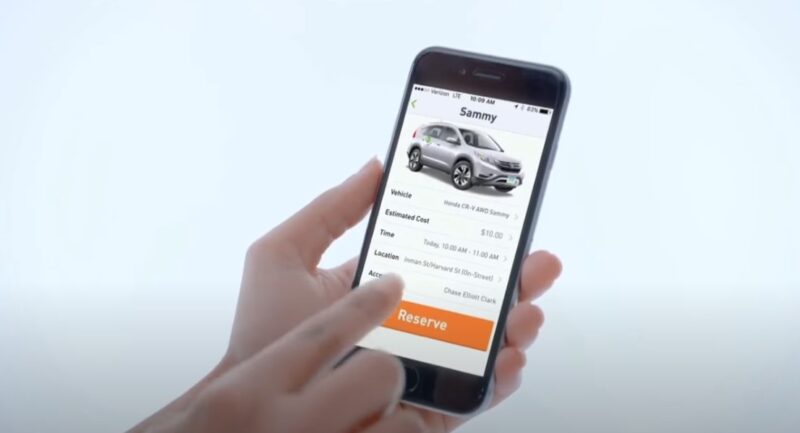
Finally, let’s discuss Zipcar’s customer service, an essential aspect of any service-based company. Good customer service can significantly enhance the user experience.
Accessibility and Responsiveness
Their customer service is generally highly rated. They offer multiple channels of communication, including telephone, email, and social media, ensuring that help is accessible when you need it.
However, response times can sometimes be slower during peak hours or days. This is a common issue with most customer service operations, but it’s something to keep in mind.
Handling of Complaints and Issues
Zipcar generally handles complaints and issues effectively, with a dedicated team to resolve any problems. However, as with any service, experiences can vary, and some users have reported issues with the handling of specific complaints.
The Final Verdict
Now that we’ve discussed the workings, cost structure, and user experience of Zipcar, it’s time to draw some conclusions.
Pros and Cons
To recap, here are some key advantages:
- Convenience and flexibility, with cars available 24/7
- Simple booking process
- All-inclusive rates
- Wide variety of vehicles
- Environmentally friendly option
However, it is not without its drawbacks:
- Potential additional fees
- Limited availability during peak times and in popular locations
- Might not be cost-effective for short, one-way trips
When considering whether to drive or fly for short distances, one must weigh the advantages and drawbacks of each option to make an informed decision on the best mode of transportation.
Concluding Thoughts
So, is Zipcar worth it? As with any service, it depends on your specific needs. If you need a car for short periods, make multiple stops, or need to travel when public transportation isn’t convenient, this can be a great solution.
However, if you only require quick, one-way trips, taxis or rideshares may be more convenient. Ultimately, the best transportation option is one that balances cost, convenience, and flexibility to meet your unique needs.

